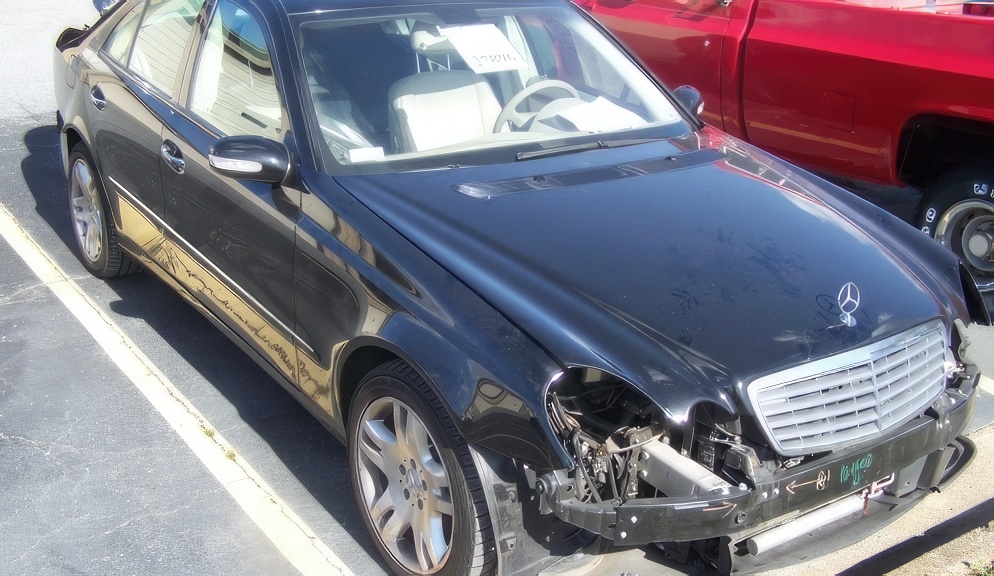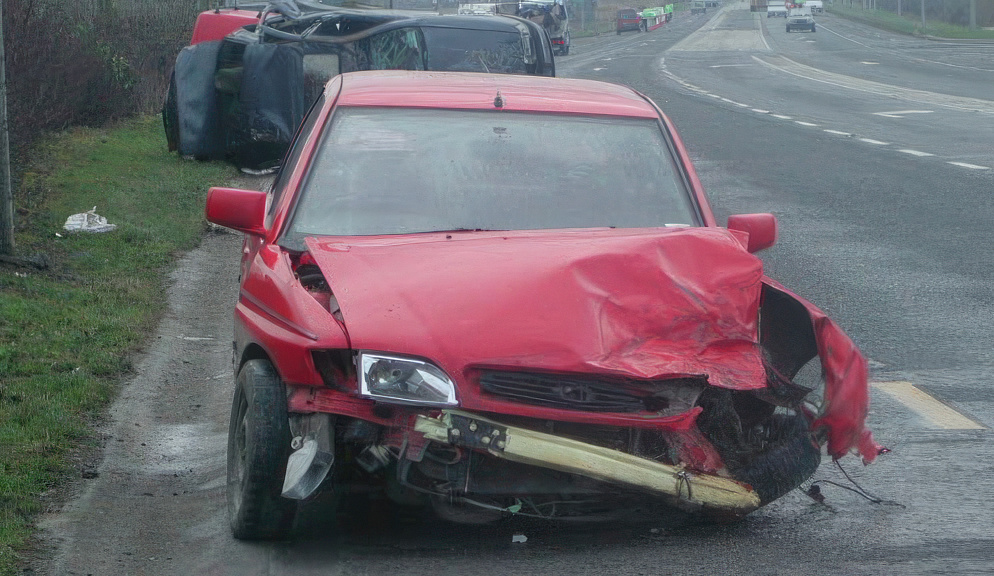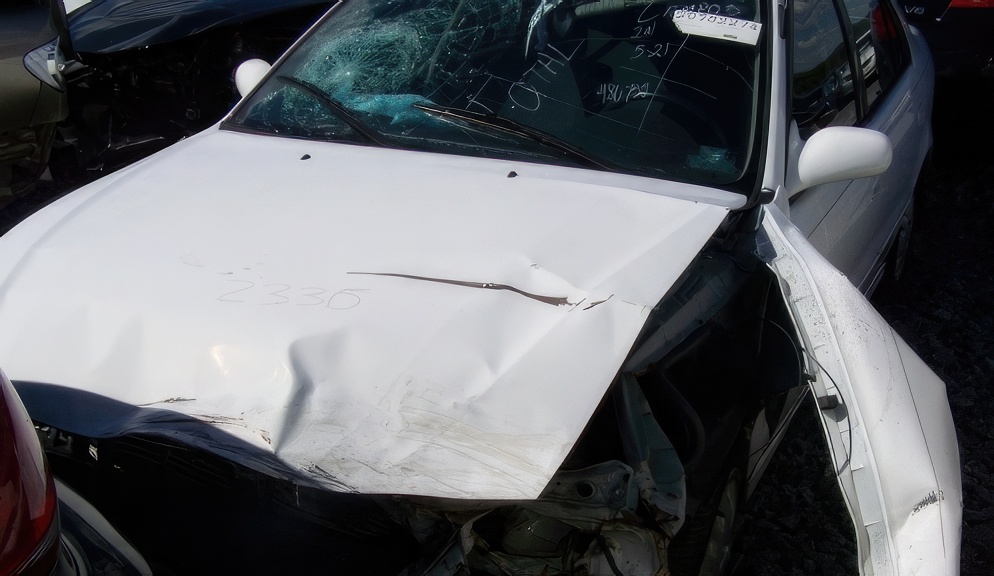diminished-value
Recent News
Categories
- Auto Industry Insights (36)
- Business (1)
- Car Ownership Tips (9)
- caw ownership tips (8)
- Claims Process (2)
- Consumer Rights (2)
- Diminished Value (37)
- Financial Advice (29)
- Financial Analysis (5)
- gal aspects (8)
- Insurance Claims (15)
- Legal Aspects (14)
- Legal Rights (5)
- lemon law (8)
- Understanding Depreciation (25)
- Vehicle Appraisal (34)
- Vehicle Condition Matters (24)
- Vehicle Negotiations (9)
- Vehicle Repair (1)

Learn More About Black Book
Black Book stands as a prominent source for automotive vehicle pricing and analytical tools, offering its extensive services to qualified industry professionals through various platforms including mobile, online, and Data as a Service applications. Established in 1955, Black Book has consistently adapted to meet its objective of providing vital information to its clients, coupled with the insights required to make informed decisions when buying, selling, or lending. Published daily by National Auto Research, a subsidiary of Hearst, Black Book operates offices in Georgia and Toronto, where the Canadian Black Book division is headquartered.




